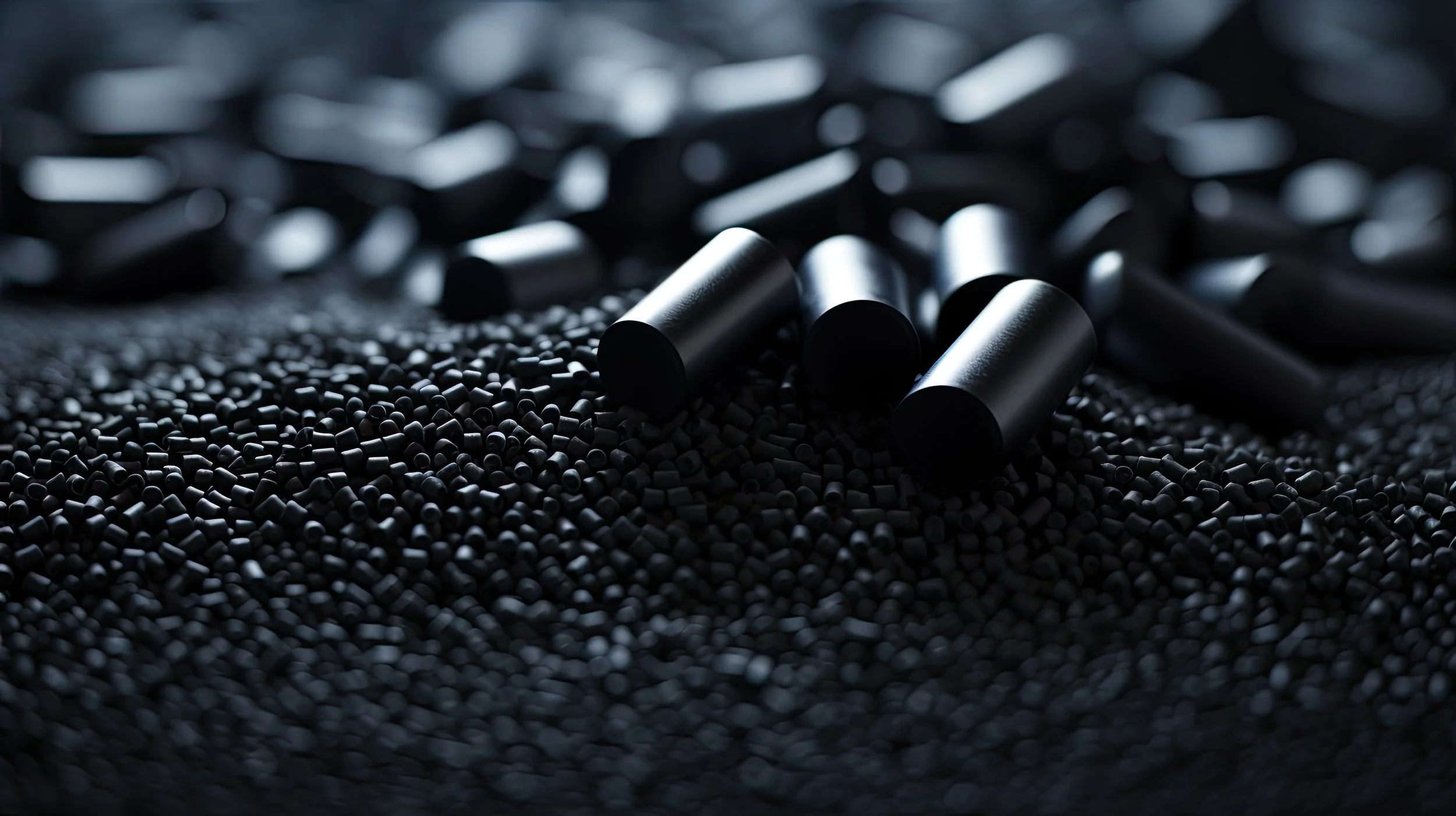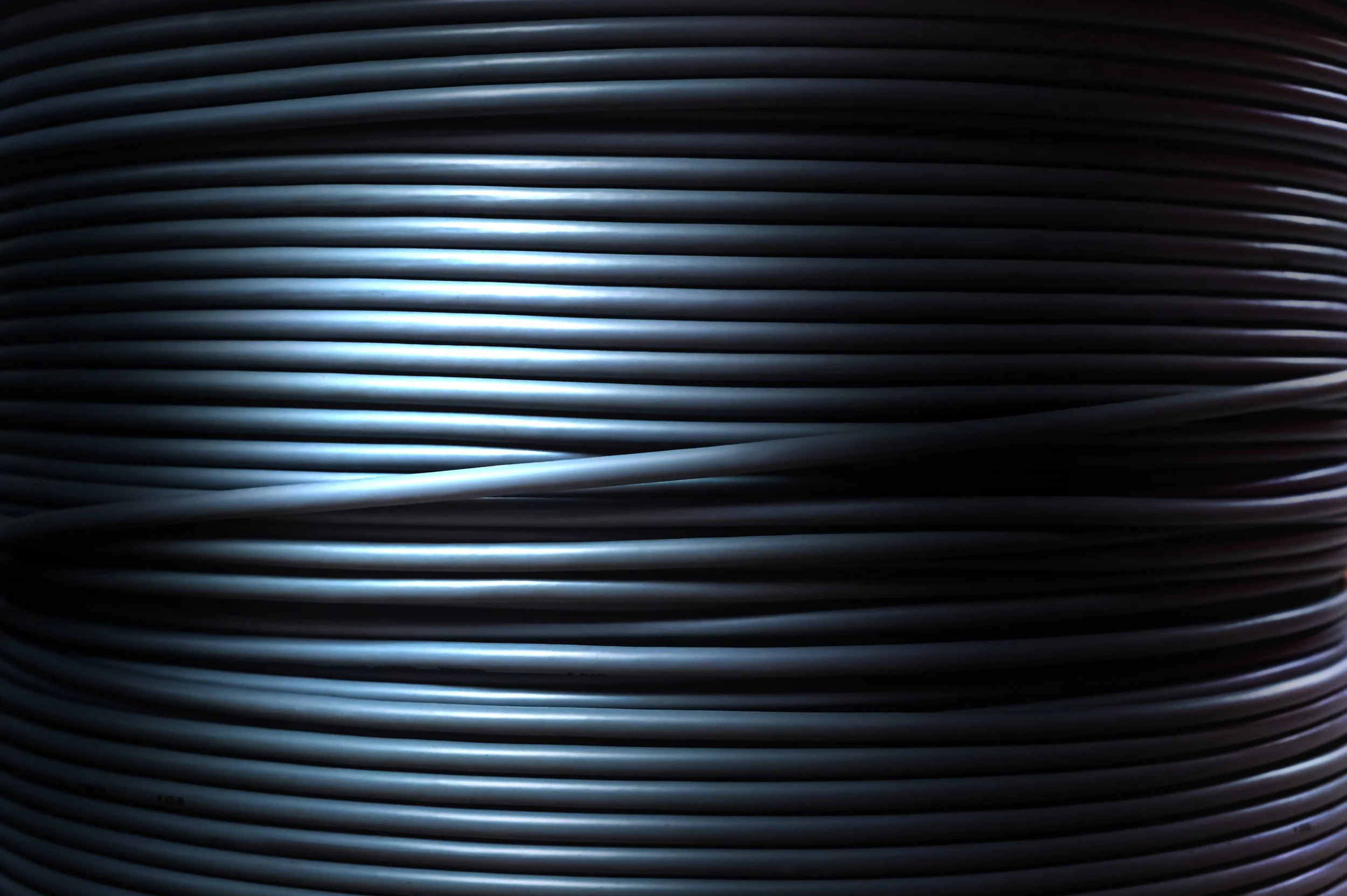
DECOrGO - Development of conductive thermoplastics and rubber compunds based on high quality European rGO
Objective of the project
In the DecorGO project, partners Graphmatech and LayerOne develop conductive thermoplastics, rubber and elastomer compounds using reduced graphene oxide (rGO).
Leveraging graphene's unique properties, these compounds will address the increasing demand for nano-additives that offer superior gas barrier performance, flexibility, and durability.
Thanks to its exceptional conductivity, graphene enables effective results at low concentrations, avoiding the limitations related to flexibility and durability of traditional carbon black.
In the project, the partners will develop and scale a new method for synthesizing rGO, which will be used in the production of AROS MB HDPE IM masterbatches (ready-to-use granular mix) tailored for injection molding.
Applications - Conductive compounds
Advanced & conductive thermoplastics
-

Conductive thermoplastics
Graphene-enhanced thermoplastics offer a superior solution for applications like batteries, fuel cells, and photovoltaics, where conductivity is essential. Unlike traditional fillers such as carbon black, which require high loading levels that compromise mechanical properties, graphene achieves conductivity with lower filler concentrations, preserving flexibility and strength
-

ESD safe lab furniture
Graphene-based composites offer a novel approach for ESD (electrostatic discharge)-safe office furniture used in laboratory and cleanroom environments. Traditional materials like carbon black provide conductivity but often result in high hardness, reduced flexibility, and are limited to dark colors. Graphene achieves the necessary conductivity at lower filler levels, allowing for lighter color options and maintaining the mechanical properties of materials like polypropylene.
-

ESD safe packaging and shielding materials
Graphene-based composites provide an effective solution for ESD-safe materials, such as nests and sockets in IC test fixtures. Unlike traditional fillers like carbon black, which require high concentrations and compromise flexibility, graphene achieves the needed conductivity at lower levels, maintaining material properties. Its high conductivity and environmental benefits make it ideal for protecting sensitive electronics from static buildup.
Conductive rubber
-

High-performance seals and gaskets
Graphene-based materials are ideal for high-performance seals and gaskets in electric vehicles (EVs) and other applications where conductivity is crucial. Unlike conventional insulative materials, graphene-enhanced composites enable reliable electrical grounding and protection against electromagnetic interference. They also maintain flexibility and water resistance, essential for sealing applications.
-

Antistatic / dissipative safety shoe soles
Graphene-based materials offer a new solution for antistatic and ESD shoe soles, ensuring safe dissipation of static electricity. Unlike carbon black, which requires high concentrations that increase hardness and limit color options, graphene achieves high conductivity with lower filler levels. This allows for softer, more flexible soles while maintaining effective electrostatic protection. Graphene also reduces issues like plasticizer migration and enhances the overall durability and comfort of the shoe.
-

Conductive cables
The growing demand for electrification and wind power is driving the need for high-performance High and Medium Voltage cables, which typically have a copper or metallic foil earthing conductor. However, in some cases, metals can't be used, requiring a conductive polymeric layer with low resistance. This usually involves using a high loading of conductive filler like carbon black, which increases viscosity and results in harder, less flexible, and less water-resistant materials. By using a graphene masterbatch with high electrical properties, it's possible to achieve low volume resistivity with minimal filler, improving processability, flexibility, hardness, and water resistance.
LayerOne specializes in producing high-quality reduced graphene oxide (rGO) with excellent electrical conductivity and superior dispersibility, enabling seamless integration into various matrices for Graphmatech’s Aros masterbatches. As one of the leading companies in Europe capable of large-scale production of graphene oxide and its derivatives, including rGO, LayerOne has developed a patented, safe, and cost-effective process for manufacturing GO. Additionally, LayerOne has pioneered a novel method to convert GO into rGO with customizable properties, allowing tailored functionality and conductivity to meet diverse application requirements.
Graphmatech’s technology enables effective dispersion of graphene in various materials, including thermoplastics, thermosets, and rubbers. Leveraging its specialized processes and extensive expertise in compounding, Graphmatech has developed high-quality thermoplastic masterbatches with well-dispersed graphene. Currently, Graphmatech offers graphene-enhanced PE and PA thermoplastics and can produce masterbatches for other thermoplastics upon request. In the DECOrGO project, Graphmatech aims to utilize its expertise in thermoplastic compounding to develop an innovative new thermoplastic product.
Coordinator
Graphmatech
Project type
Partner
LayerOne
Duration
September 2021 - December 2024




